

Articles
How To Store Fresh Celery
Modified: February 28, 2024
Looking for tips on how to store fresh celery? Check out our informative articles for expert advice on keeping your celery crisp and delicious for longer.
(Many of the links in this article redirect to a specific reviewed product. Your purchase of these products through affiliate links helps to generate commission for Storables.com, at no extra cost. Learn more)
Introduction
Celery is a versatile and nutritious vegetable that is commonly used in a variety of dishes, from soups and salads to stir-fries and snacks. Its crunchy texture and refreshing flavor make it a favorite among many individuals. However, to truly enjoy the benefits of celery, proper storage is crucial. By understanding how to store fresh celery correctly, you can extend its shelf life, maintain its crispness, and ensure its optimal flavor.
In this article, we will explore the importance of proper storage for celery, provide tips for selecting the freshest stalks, and discuss various methods for storing celery to help you make the most of this fantastic vegetable.
Key Takeaways:
- Proper storage of fresh celery is crucial for maintaining its crispness, flavor, and nutritional value. By following simple steps, you can extend its shelf life, reduce waste, and always have fresh celery on hand for your culinary creations.
- Don’t let excess celery go to waste! Get creative with recipes like celery soup, slaw, chips, and more. Experiment with new flavors and techniques to make the most of this versatile and nutritious vegetable.
Read more: How To Store Celery To Keep It Fresh
Importance of Proper Storage
Proper storage is essential for maintaining the quality and freshness of celery. When celery is not stored correctly, it can quickly lose its crispness and become limp and rubbery. Additionally, improper storage can lead to the loss of essential nutrients and a decrease in flavor.
By storing celery properly, you can prolong its shelf life and preserve its crunchiness. This allows you to enjoy fresh and flavorful celery in your meals, even days after purchase. Proper storage also helps to prevent waste, as you can use the celery before it goes bad.
Moreover, by storing celery correctly, you can save money. When you can extend the shelf life of your celery, you can buy it in larger quantities or take advantage of special offers at your local grocery store or farmer’s market.
Overall, proper storage is essential for maximizing the quality, freshness, and nutritional value of celery.
Tips for Selecting Fresh Celery
When it comes to selecting fresh celery, there are a few key things to keep in mind to ensure that you choose the best quality stalks:
- Look for crispness: Fresh celery should have a firm and crisp texture. Avoid stalks that appear limp, rubbery, or have soft spots. The leaves should be vibrant green and not wilted.
- Check the color: The color of the celery stalks should be a vibrant and bright green, with no signs of discoloration or browning. Avoid celery with yellowing or brown spots, as this can indicate aging or poor quality.
- Inspect the stalks: Examine the celery stalks closely to ensure that they are straight and sturdy. Bent or curved stalks can be a sign of poor quality or improper growth conditions.
- Avoid thick or chunky stalks: Look for celery stalks that are relatively thin and have a uniform size. Thick or chunky stalks can be tough and less tender.
- Smell it: Give the celery a gentle sniff. It should have a fresh and slightly sweet aroma. If it smells off or has a pungent odor, it may be starting to spoil.
By following these tips, you can select the freshest, most flavorful celery for your culinary creations.
Prepping Celery for Storage
Before storing celery, it’s essential to prepare it properly to preserve its freshness and flavor. Here are a few steps you can follow to prep celery for storage:
- Trim the ends: Start by trimming off the ends of the celery stalks. Cut about 1-2 inches from the base of the stalks to remove any dried or damaged portions.
- Separate the stalks: Carefully separate the celery stalks from each other. This will make it easier to store them and prevent one stalk from spoiling and affecting the others.
- Wash thoroughly: Rinse the celery stalks under cool running water to remove any dirt or debris. Gently rub the stalks with your hands to ensure a thorough cleaning.
- Promptly dry: After washing, it’s crucial to dry the celery completely before storing it. Excess moisture can lead to spoilage and decay. Pat the stalks dry with a clean kitchen towel or use a salad spinner to remove excess water.
- Consider chopping or slicing: Depending on your preferences and intended use, you may choose to chop or slice the celery before storing it. This can save you time when you’re ready to use it in recipes.
By following these steps, you can properly prep celery for storage, ensuring that it stays fresh and flavorful for an extended period.
Storing Celery in the Refrigerator
The refrigerator is the ideal place to store fresh celery as it helps to maintain its crispness and extend its shelf life. To store celery in the refrigerator, follow these steps:
- Wrap in damp paper towels: Take a few sheets of paper towels and dampen them with water. Wrap the celery stalks loosely in the damp paper towels. This helps to keep the celery hydrated and prevent it from drying out.
- Seal in a plastic bag: Once wrapped in damp paper towels, place the celery in a plastic bag. Seal the bag tightly, removing as much air as possible. This creates a humid environment that helps to preserve the freshness of the celery.
- Store in the crisper drawer: Place the sealed plastic bag of celery in the crisper drawer of your refrigerator. The crisper drawer provides a controlled environment with slightly higher humidity, which is ideal for storing vegetables.
- Keep away from ethylene-producing fruits: Celery is sensitive to ethylene gas, a natural ripening agent produced by some fruits like apples and bananas. To prevent premature spoilage, it’s best to store celery away from ethylene-producing fruits.
- Check and refresh: Periodically check on the celery in the refrigerator. If the paper towels become dry, moisten them again to maintain the proper humidity level.
By following these steps, you can keep celery fresh and crunchy in the refrigerator for up to two weeks.
To store fresh celery, wrap it in aluminum foil and keep it in the crisper drawer of the refrigerator. This will help to keep it crisp and fresh for longer.
Read more: How To Keep Celery Fresh In Refrigerator
Storing Celery in the Freezer
If you have an abundance of celery and want to prolong its shelf life even further, consider storing it in the freezer. Freezing celery is a great way to preserve its freshness for months. Here’s how:
- Clean and prepare the celery: Wash the celery stalks thoroughly and chop them into desired sizes. You can opt to leave them in large pieces or dice them for convenience.
- Blanching: Blanching celery is an essential step to preserve its texture and color. Bring a pot of water to a boil, and carefully place the celery pieces into the boiling water. Blanch for 2-3 minutes, then quickly transfer them to an ice bath to halt the cooking process.
- Drain and dry: Once the blanched celery has cooled in the ice bath, drain the excess water and pat it dry with a clean kitchen towel or paper towels. Removing excess moisture helps to prevent ice crystals from forming and protects the quality of the celery.
- Freeze individually or in portions: Lay the blanched and dried celery pieces in a single layer on a baking sheet lined with parchment paper. Place the baking sheet in the freezer for a few hours until the celery is firm. Once firm, transfer the celery to freezer-safe containers or bags, ensuring to remove any excess air before sealing.
- Label and date: Remember to label the containers or bags with the contents and the date of freezing. This will help you keep track of the celery’s freshness and ensure you use the oldest pieces first.
- Freeze for up to 6 months: Frozen celery can be stored in the freezer for up to 6 months. However, for optimal flavor and texture, it is best to use it within 3-4 months.
When you’re ready to use the frozen celery, simply remove the desired amount from the freezer and add it directly to your soups, stews, stir-fries, or other cooked dishes. There’s no need to thaw it beforehand, as celery does not retain its crispness after freezing.
By following these steps, you can enjoy the taste and nutritional benefits of celery even when it’s out of season.
Properly Using Frozen Celery
Using frozen celery is a convenient way to add the refreshing flavor and crunch of celery to your dishes, even when fresh celery is not available. Here are some tips for properly using frozen celery:
- Bypass thawing: Frozen celery can be added directly to cooked dishes without the need for thawing. Its texture will change after freezing, so it’s best to use it in dishes where the crispness is not a primary concern, such as soups, stews, casseroles, and sauces.
- Adjust cooking time: Keep in mind that frozen celery can release some water when cooked. Adjust the cooking time accordingly to account for the additional moisture. You may need to simmer or cook the dish for a few extra minutes to allow the excess liquid to evaporate.
- Flavor enhancer: Frozen celery can still contribute to the overall flavor of dishes, especially when it’s used in cooked recipes. It blends well with other ingredients and adds its unique taste to the dish.
- Avoid using frozen celery in raw preparations: Due to the change in texture, frozen celery is not suitable for raw preparations like salads, dips, or garnishes. Its crunchiness is compromised after freezing, so it’s best reserved for cooked dishes.
- Combine with other frozen vegetables: Frozen celery pairs well with other frozen vegetables like carrots, onions, and peas. These can be easily incorporated together into dishes, adding both flavor and nutrition.
- Use in flavor bases and stocks: Frozen celery is excellent for flavor bases, such as mirepoix, which consists of onion, carrot, and celery. It can also be used in making stocks and broths, providing a savory and aromatic base.
By keeping these tips in mind, you can make the most of your frozen celery and enjoy its taste and versatility in various cooked dishes.
Reviving Celery’s Freshness
If you find that your celery has started to lose its crispness and freshness, there are a few simple techniques you can employ to revive it:
- Trim the ends: Start by trimming the ends of the celery stalks. Cut about 1-2 inches from the base of the stalks to remove any dried or damaged portions. This can help rejuvenate the remaining stalks.
- Hydrate in water: Fill a container or a glass with cold water and place the trimmed celery stalks in it, cut side down. Allow the celery to sit in the water for several hours, or even overnight, to rehydrate. This can help restore the crispness and crunchiness of the stalks.
- Crisp in ice water: Similar to the water method, you can also revive celery’s freshness by placing it in a bowl of ice water for about 30 minutes. The icy cold water helps to firm up the celery and make it crisp once again.
- Refrigerate with aluminum foil: Wrap the celery tightly in aluminum foil and place it in the refrigerator for a few hours. The cool temperature and the enclosed foil help to retain moisture and crisp up the celery.
- Use a vegetable hydrator/storage container: Invest in a vegetable hydrator or storage container specifically designed to extend the freshness of produce. These containers help regulate humidity levels and keep the celery crisp and fresh for longer periods.
- Reevaluate storage conditions: Reflect on your current storage practices. Ensure that you’re storing celery away from ethylene-producing fruits, maintaining the proper humidity levels, and not overcrowding it in the refrigerator. Small tweaks in storage practices can make a significant difference in preserving celery’s freshness.
By following these methods, you can revive the freshness of celery and enjoy crisp and flavorful stalks once again. Remember that while these techniques can help restore some of the celery’s freshness, it is best to use it as soon as possible for optimal taste and texture.
Creative Ways to Use Excess Celery
If you find yourself with an abundance of celery and are looking for creative ways to utilize it, here are some ideas to inspire you:
- Celery soup: Whip up a comforting and flavorful celery soup by sautéing chopped celery with onions, garlic, and herbs. Add vegetable broth, simmer until tender, and puree until smooth. Garnish with a drizzle of cream or a sprinkle of fresh herbs.
- Celery juice: If you have a juicer, use excess celery to make fresh and nutritious celery juice. Combine celery with other fruits and vegetables like apples, cucumbers, or ginger to enhance the flavor and create a refreshing drink.
- Celery slaw: Create a crunchy and refreshing slaw by thinly slicing celery stalks and mixing them with shredded carrots, cabbage, and a tangy dressing. It’s a great side dish or topping for sandwiches and burgers.
- Celery stir-fry: Add celery to stir-fries for an extra crunch and texture. Sauté celery with your favorite vegetables, protein, and a flavorful sauce for a quick and healthy meal.
- Celery chips: Transform celery into a healthy and satisfying snack by baking celery stalks until they become crisp and crunchy. Season with your favorite spices or dip them into a flavorful sauce for a guilt-free treat.
- Celery salsa: Chop celery, tomatoes, onions, and cilantro to create a refreshing salsa. Add lime juice, salt, and pepper to taste. Serve it with tortilla chips or use it as a topping for grilled meats and fish.
- Celery pesto: Use celery leaves along with other herbs like basil or parsley to make a unique and flavorful pesto. Blend the celery leaves, garlic, nuts, cheese, and olive oil until smooth. Toss it with pasta or use as a spread on sandwiches and wraps.
- Celery-infused water or tea: Add celery stalks to water or steep them in hot water to create a refreshing infused drink. You can also combine celery with herbs like mint or lemon for added flavor.
- Celery pickles: Turn excess celery into delicious pickles by soaking the stalks in a brine made of vinegar, water, salt, and spices. Let them marinate in the brine for a few days to develop tangy and crispy pickles.
- Celery in stuffing: Add chopped celery to your favorite stuffing recipe for added texture and flavor. It pairs well with herbs, breadcrumbs, and other vegetables, enhancing the overall taste of your holiday or everyday stuffing.
Let your creativity flow and experiment with different recipes to make the most of your excess celery. Don’t be afraid to try new combinations and techniques to discover exciting and delicious ways to enjoy this versatile vegetable!
Read more: How To Store Celery
Conclusion
Properly storing fresh celery is essential to maintain its crispness, preserve its flavor, and prolong its shelf life. By following the tips provided in this article, you can ensure that your celery stays fresh and delicious for longer periods, allowing you to enjoy its nutritional benefits in various culinary creations.
From selecting the freshest stalks to prepping celery for storage, storing it in the refrigerator or freezer, and reviving its freshness when needed, each step plays a crucial role in preserving the quality of the celery. Additionally, using excess celery creatively opens up a world of possibilities, from soups and salads to juices and snacks.
Remember to choose the freshest celery, handle it with care, and store it properly to maintain its optimal taste, texture, and nutritional value. By implementing these practices, you can reduce waste, save money, and always have fresh celery on hand whenever you need it.
So the next time you find yourself with a bundle of celery, make sure to store it correctly and explore new and exciting ways to incorporate it into your meals. Whether you’re making a comforting soup, a healthy snack, or a flavorful stir-fry, celery offers versatility and nutrition that can elevate your dishes.
By understanding the importance of proper celery storage and utilizing creative strategies, you can make the most of this versatile vegetable, ensuring that it remains a staple in your kitchen year-round.
Frequently Asked Questions about How To Store Fresh Celery
Was this page helpful?
At Storables.com, we guarantee accurate and reliable information. Our content, validated by Expert Board Contributors, is crafted following stringent Editorial Policies. We're committed to providing you with well-researched, expert-backed insights for all your informational needs.
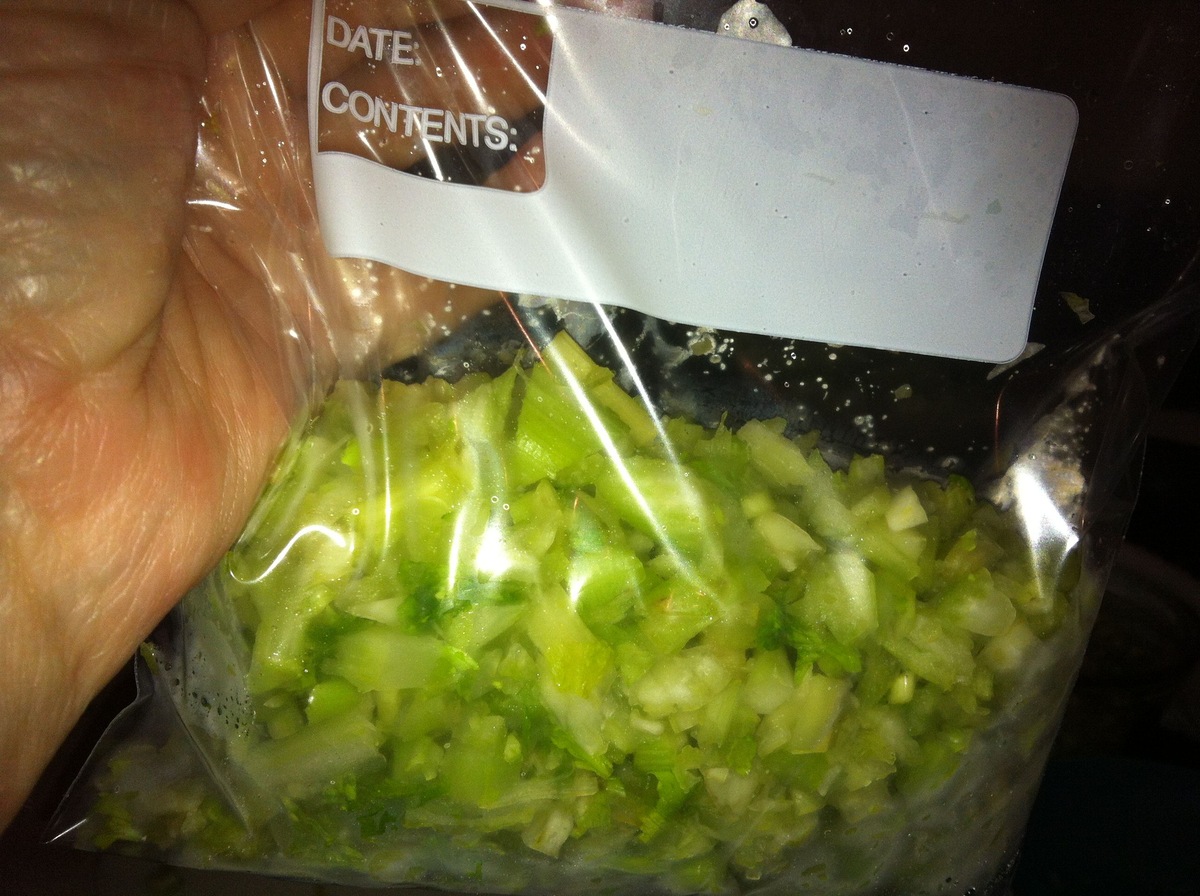


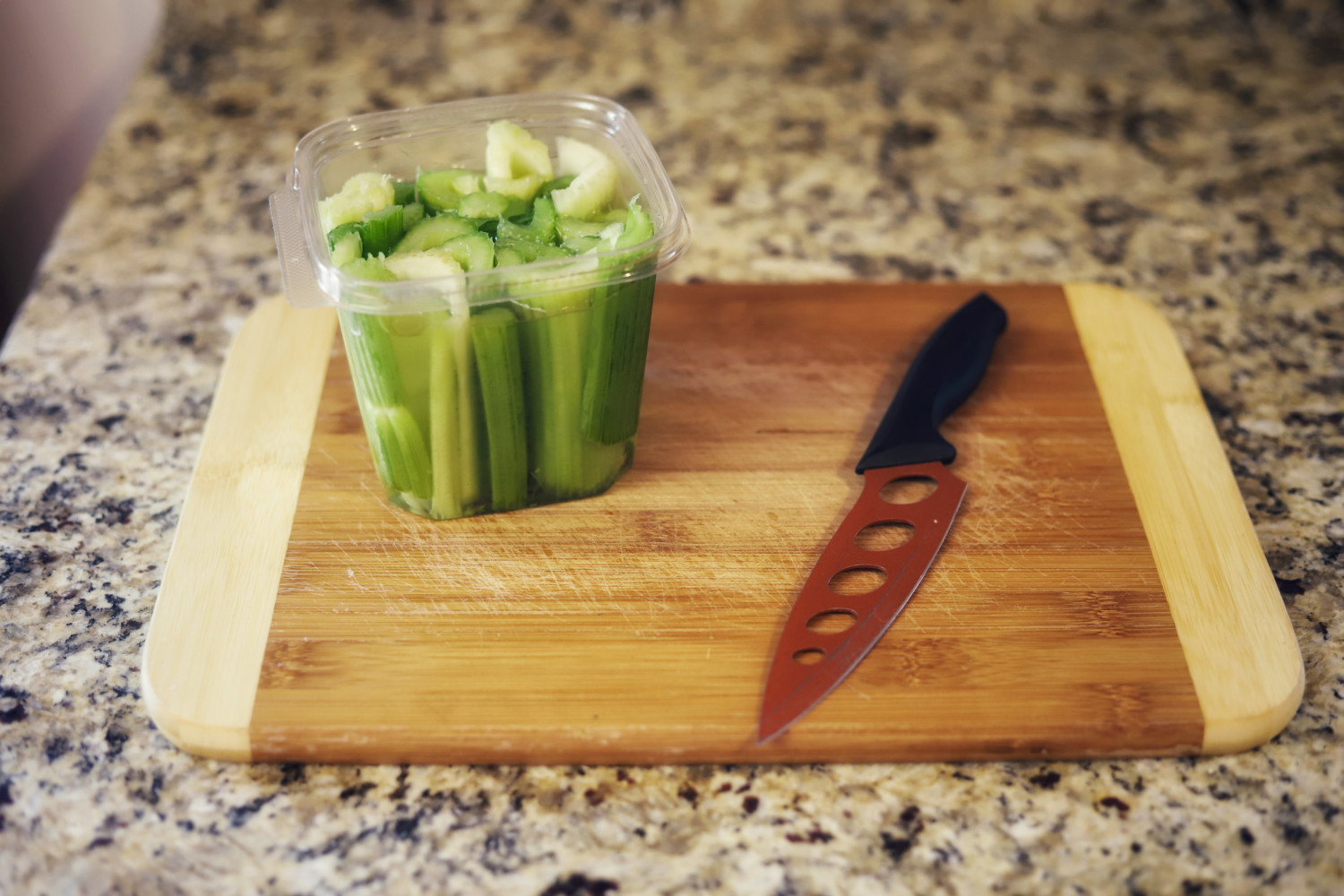
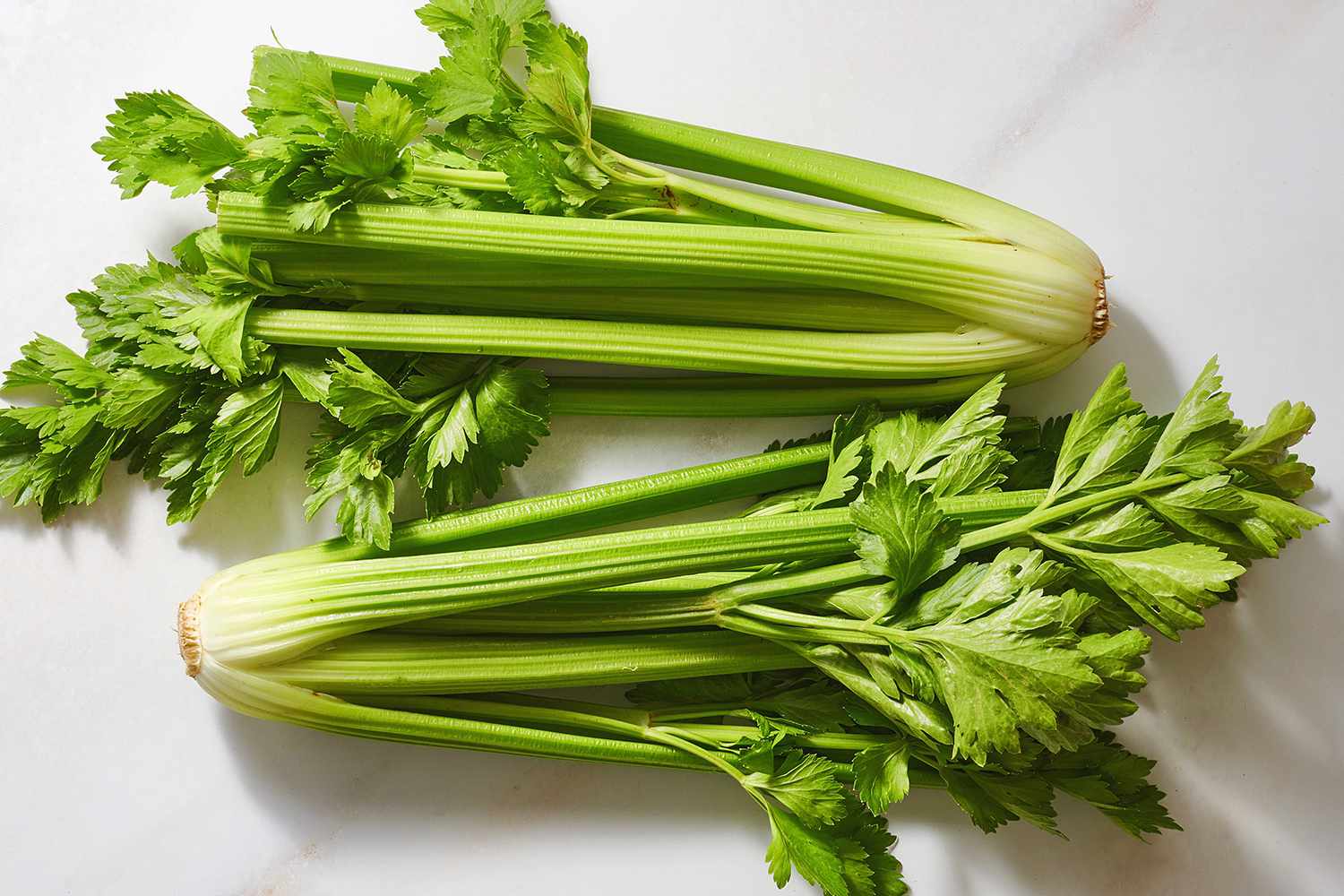



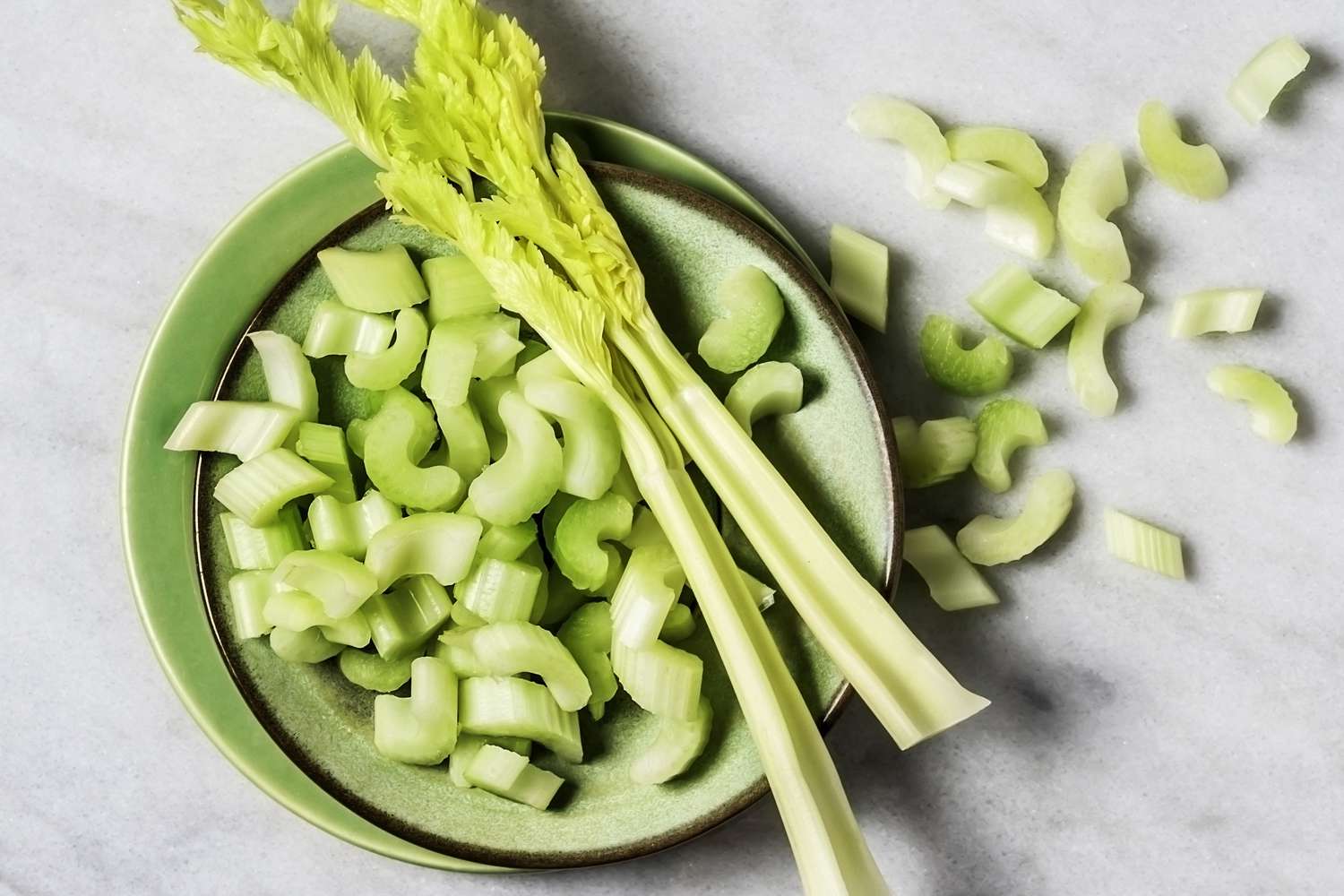
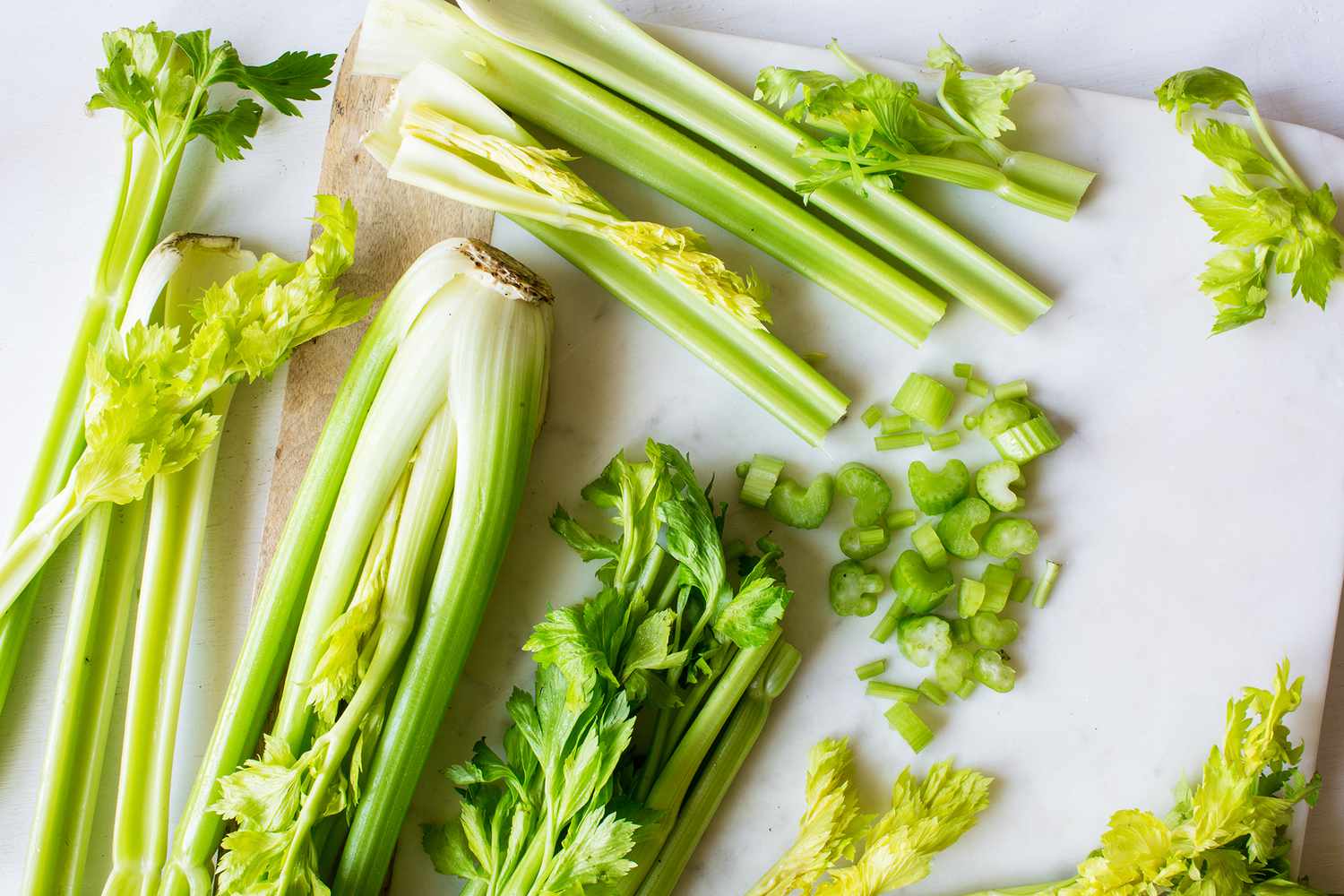

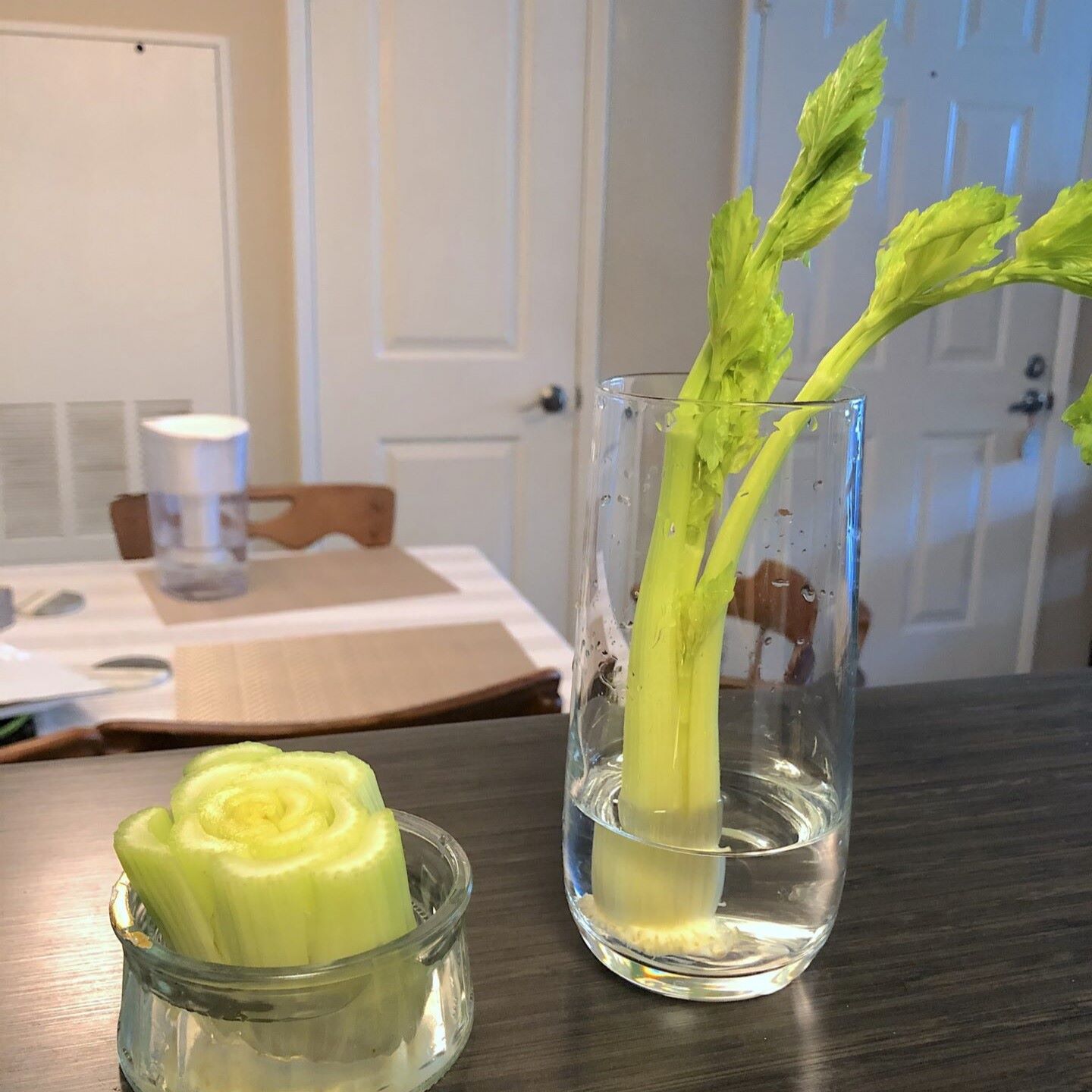
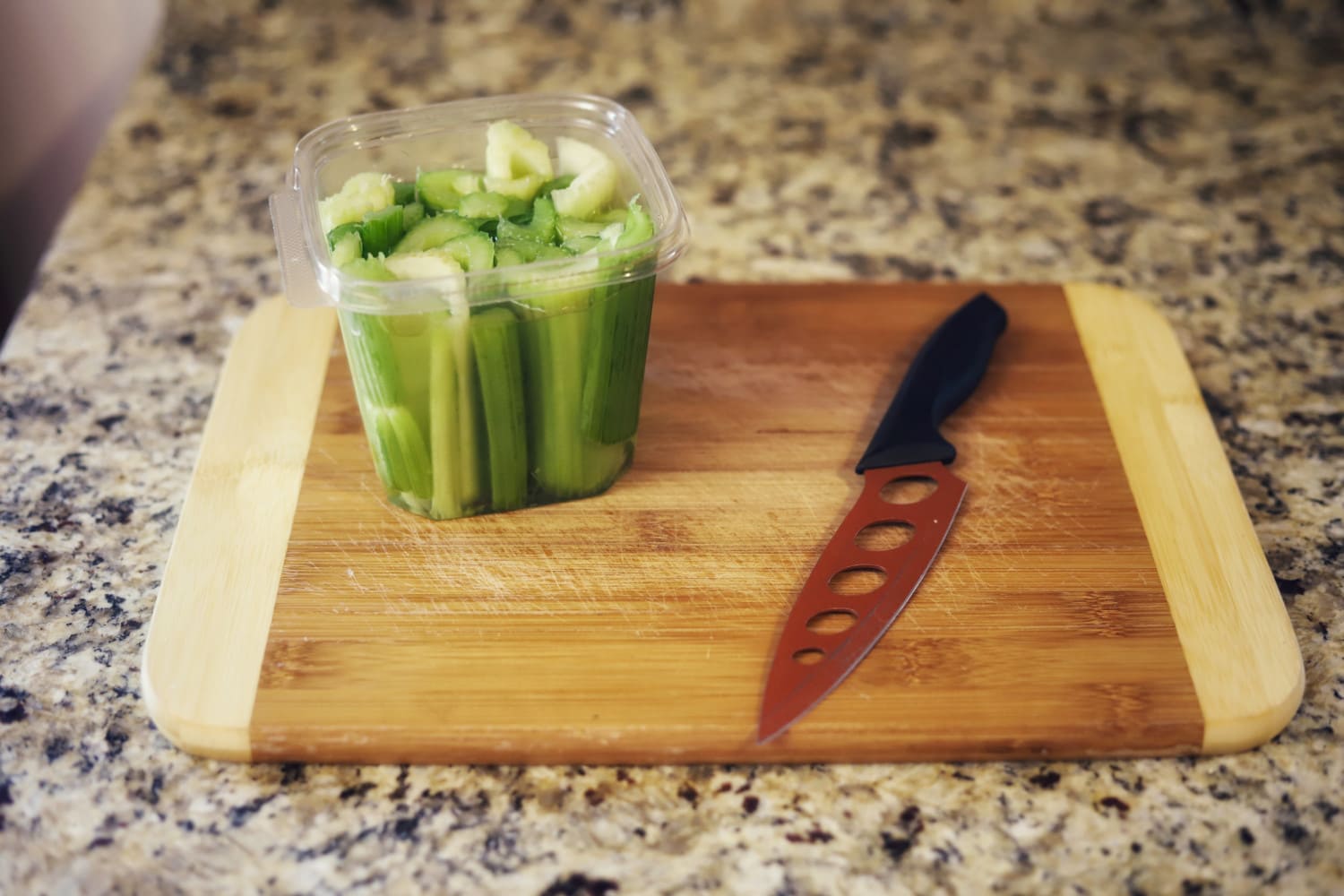

0 thoughts on “How To Store Fresh Celery”